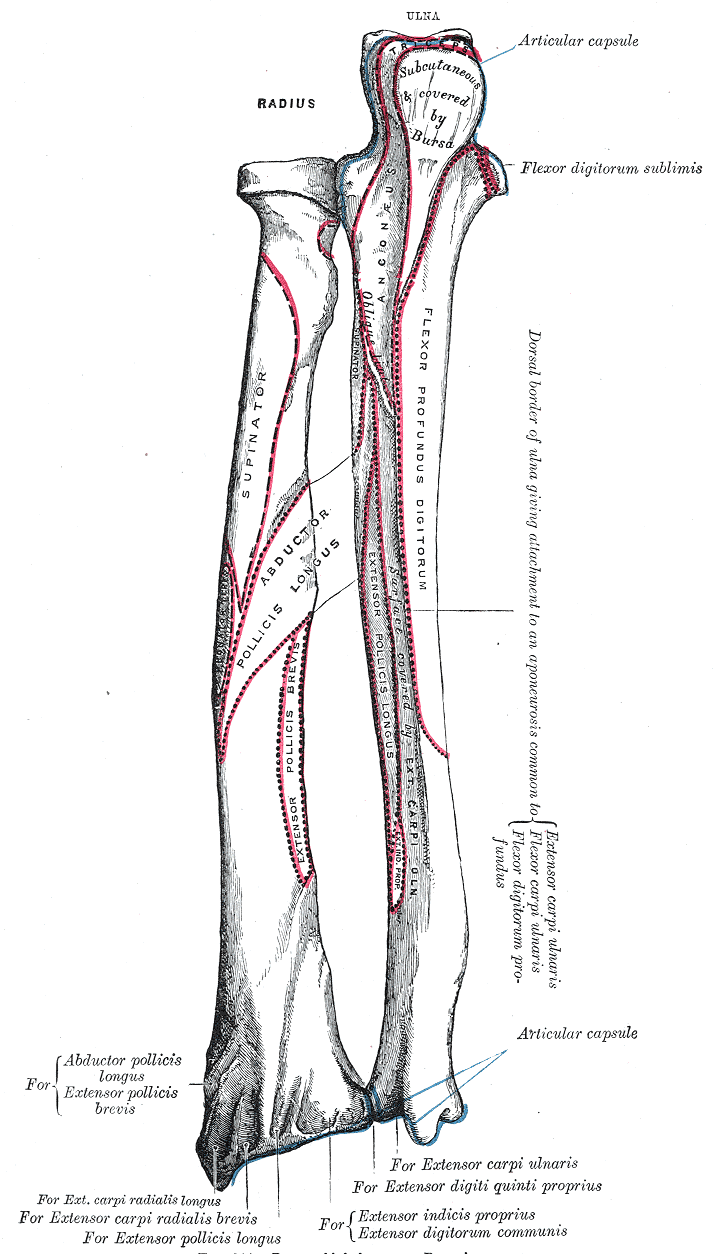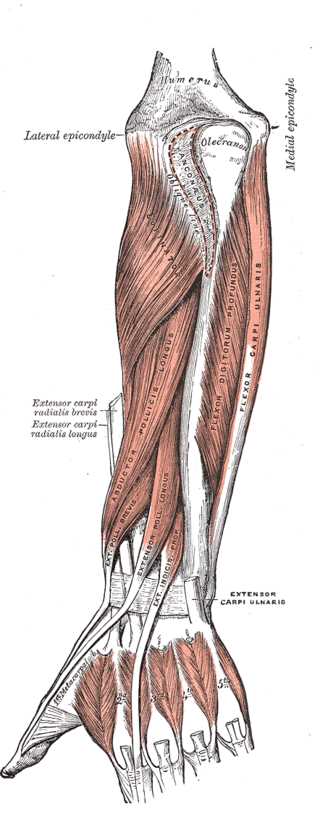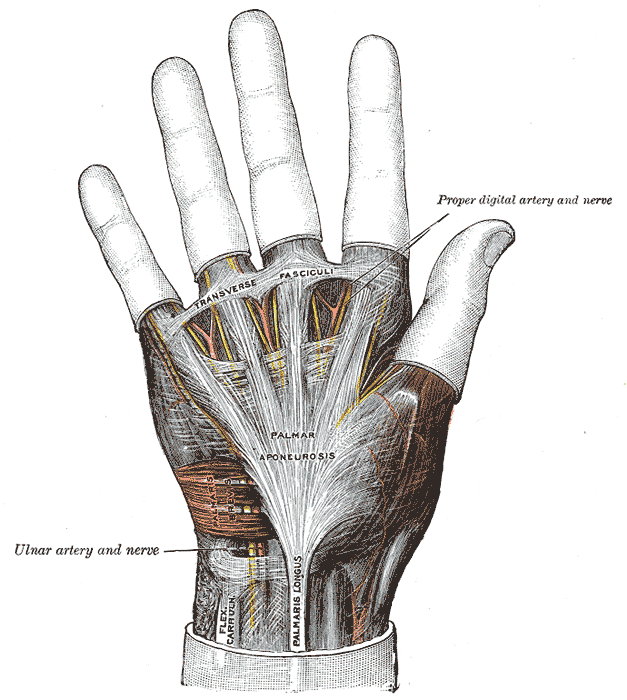[1]
Maroukis BL, Ogawa T, Rehim SA, Chung KC. Guyon canal: the evolution of clinical anatomy. The Journal of hand surgery. 2015 Mar:40(3):560-5. doi: 10.1016/j.jhsa.2014.09.026. Epub 2014 Oct 29
[PubMed PMID: 25446410]
[2]
Chaudhry F, Aminullah H, Sinkler MA, Arain A. Anatomy, Shoulder and Upper Limb, Forearm Compartments. StatPearls. 2023 Jan:():
[PubMed PMID: 30969606]
[3]
Stelzer JW, Flores MA, Mohammad W, Esplin N, Mayl JJ, Wasyliw C. Klippel-Feil Syndrome with Sprengel Deformity and Extensive Upper Extremity Deformity: A Case Report and Literature Review. Case reports in orthopedics. 2018:2018():5796730. doi: 10.1155/2018/5796730. Epub 2018 Jan 18
[PubMed PMID: 29492320]
Level 3 (low-level) evidence
[4]
Watson BA, Feenstra JM, Van Arsdale JM, Rai-Bhatti KS, Kim DJH, Coggins AS, Mattison GL, Yoo S, Steinman ED, Pira CU, Gongol BR, Oberg KC. LHX2 Mediates the FGF-to-SHH Regulatory Loop during Limb Development. Journal of developmental biology. 2018 Jun 15:6(2):. doi: 10.3390/jdb6020013. Epub 2018 Jun 15
[PubMed PMID: 29914077]
[5]
Revol MP, Lantieri L, Loy S, Guérin-Surville H. Vascular anatomy of the forearm muscles: a study of 50 dissections. Plastic and reconstructive surgery. 1991 Dec:88(6):1026-33
[PubMed PMID: 1946753]
[7]
Cıftçıoğlu E, Kopuz C, Corumlu U, Demır MT. Accessory muscle in the forearm: a clinical and embryological approach. Anatomy & cell biology. 2011 Jun:44(2):160-3. doi: 10.5115/acb.2011.44.2.160. Epub 2011 Jun 30
[PubMed PMID: 21829760]
[8]
Sakthivel S, Verma S. Accessory Flexor Carpi Ulnaris and Bilaterally Variant Vascular Anatomy of Upper Limb: An Unusual Presentation. International journal of applied & basic medical research. 2017 Apr-Jun:7(2):143-145. doi: 10.4103/ijabmr.IJABMR_326_16. Epub
[PubMed PMID: 28584749]
[9]
Dibbs RP, Ali K, Sarrami SM, Koshy JC. Revision Peripheral Nerve Surgery of the Upper Extremity. Seminars in plastic surgery. 2021 May:35(2):119-129. doi: 10.1055/s-0041-1727290. Epub 2021 Jun 8
[PubMed PMID: 34121947]
[10]
Scarborough A, MacFarlane RJ, Mehta N, Smith GD. Ulnar tunnel syndrome: pathoanatomy, clinical features and management. British journal of hospital medicine (London, England : 2005). 2020 Sep 2:81(9):1-9. doi: 10.12968/hmed.2020.0298. Epub 2020 Sep 25
[PubMed PMID: 32990073]
[11]
Grandizio LC, Maschke S, Evans PJ. The Management of Persistent and Recurrent Cubital Tunnel Syndrome. The Journal of hand surgery. 2018 Oct:43(10):933-940. doi: 10.1016/j.jhsa.2018.03.057. Epub 2018 Jun 8
[PubMed PMID: 29891267]
[12]
Harder K, Lukschu S, Dunda SE, Krapohl BD. Results after simple decompression of the ulnar nerve in cubital tunnel syndrome. GMS Interdisciplinary plastic and reconstructive surgery DGPW. 2015:4():Doc19. doi: 10.3205/iprs000078. Epub 2015 Dec 21
[PubMed PMID: 26734540]
[13]
Freund G, Dafotakis M, Bahm J, Beier JP. Treatment of Peripheral Nerve Compression Syndromes of the Upper Extremities: a Systematic Review. Zeitschrift fur Orthopadie und Unfallchirurgie. 2023 Apr:161(2):182-194. doi: 10.1055/a-1498-3197. Epub 2021 Jul 14
[PubMed PMID: 34261169]
Level 1 (high-level) evidence
[14]
Patrick NC, Hammert WC. Hand and Wrist Tendinopathies. Clinics in sports medicine. 2020 Apr:39(2):247-258. doi: 10.1016/j.csm.2019.10.004. Epub
[PubMed PMID: 32115083]





